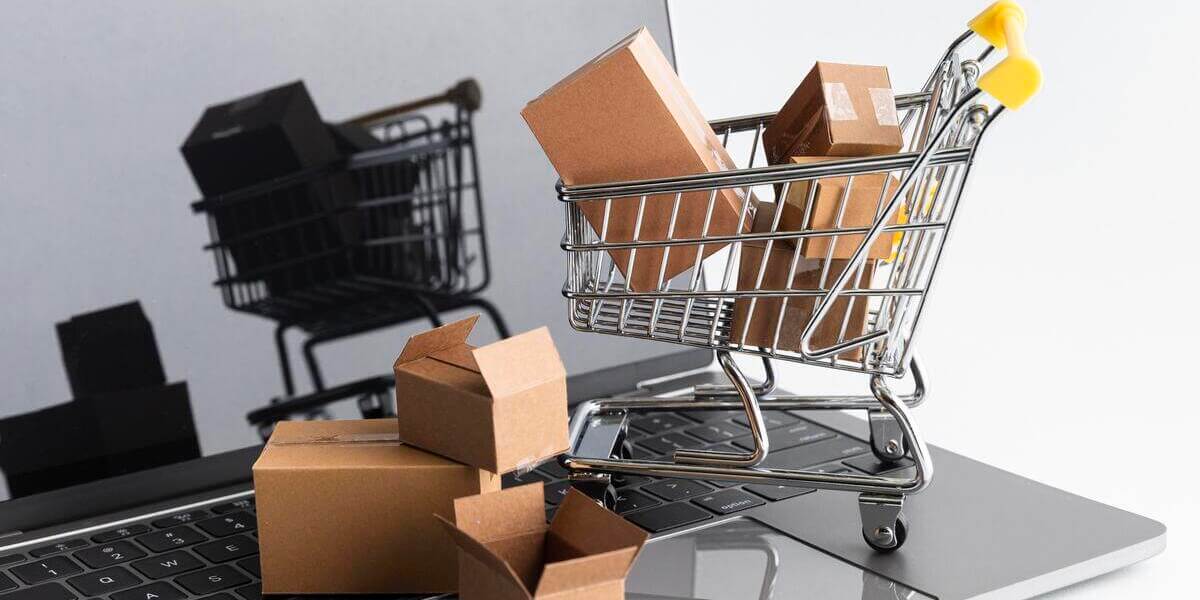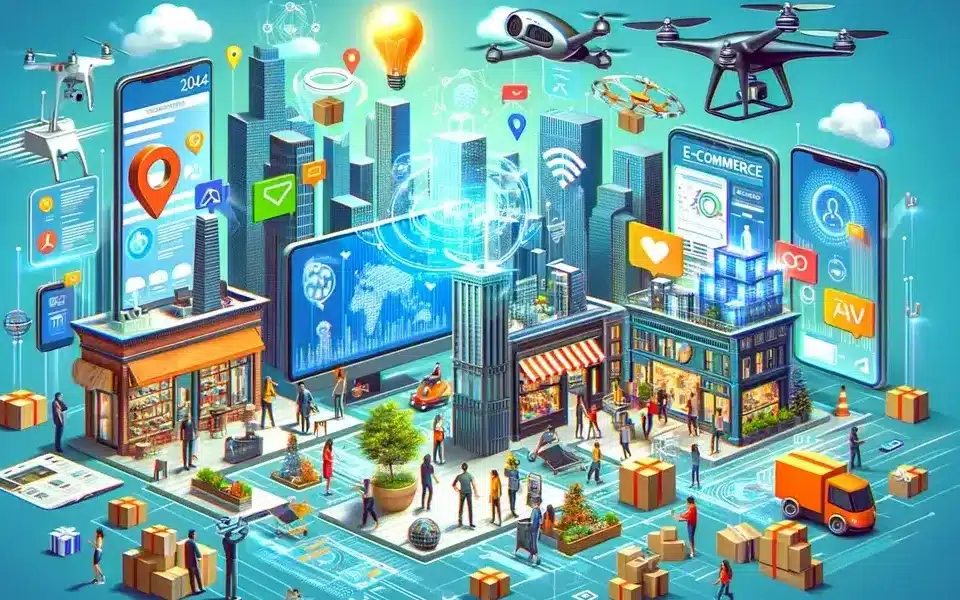
Machine learning algorithms you should know in 2023
28 February 2023
Development of robotics and artificial intelligence. Human-robot interaction
31 March 2023
This is a dynamically developing industry; every year, new trends and innovations are initiated. In 2023, too, we can also foresee some important changes in e-commerce that may very strongly influence how you do business online. Some of the major trends which can be forecasted based on data analysis and market observation are the following:
Personalization and customer experience.
It’s because of the rivalry in e-commerce that defines personalization as a way to customer acquisition and retention. In 2023, one will see e-stores getting more involved in adjusting offers according to the taste of customers. Shops will give tailored product recommendations and special promotional offers for every client. With data analysis and artificial intelligence, it will be much more personalized in shopping.
Growth of mobile commerce.
Consumer preference has been tilting towards mobile devices since a while back and shall continue in 2023. More and more consumers are using their mobile devices to both window shop and shop online. Responsive and mobile-optimized e-commerce stores are a must to meet consumer expectations and provide them with a smooth shopping experience.
Ecology and sustainable development.
Consumers are getting eco-friendly, and online stores just can’t turn a blind eye to this trend. Thus, in 2023, eCommerce stores become more pro-ecological. They use more sustainable package materials and promote more eco-friendly products with low-carbon delivery options.
Increase in omnichannel sales.
Multi-sales channel integration fast becomes a key strategy for e-commerce stores. Consumers are looking for a consistent experience across all channels, be that online, in-store, or other routes to market. In 2023, we will see further growth in omnichannel sales, where stores are merging their online and offline platforms to let customers easily move between them. For example, customers will be able to order a product online and collect in-store or return in-store, thus making shopping easier and more flexible for customers.
Impact of artificial intelligence and automation.
Artificial intelligence (AI) and e-commerce in 2023 can only go hand in hand. AI will enable stores to analyze purchase data, predict tendencies, and provide offers based on that information, which shall optimize the sales process. Customer service, inventory management, logistics—basically, all areas that make an online store run much more efficiently.
Increased sales through social platforms.
The importance of social commerce for e-commerce will only rise well into 2023. Shops will leverage social media platforms like Facebook, Instagram, and Pinterest for product promotion, community building, and generating sales. Customers can purchase directly from the platform, shortening the distance from discovery to final purchase.
Using chatbots for customer service
Well, many small e-commerce stores aren’t big enough to hire full-time customer service staff. How can you do this when customers are shopping online and have questions?
Chatbots are the newest trend because they provide a better service in comparison to an FAQ page and the help forum. Apart from that, it aids in the growth of revenue because when queries get solved, people buy more. The revenue generated by chatbots has been $2.8 billion worldwide in the year 2019 alone and is ever increasing year by year.
More variety of payment methods
From credit and debit cards to tools like PayPal, today’s online consumers may want to pay with many different methods. The more options you can provide to your customers, the more likely they are to make a purchase at your online store.
Digital wallets are another fast-growing trend, allowing customers to make a digital payment to your business through an app or specific QR code.
The second surging payment trend is “Buy Now, Pay Later,” and other offers like “Pay in Four,” which provides customers with an ability to pay for bigger ticket purchases in installments without qualifying for credit checks or going through traditional financing processes.
Using the Woo Pay extension, you will be able to accept more than 135 currencies in over 30 countries with express payment methods such as Apple Pay and Google Pay.
The most exciting e-commerce trends are going to arrive in 2023. Among the major directions, online stores will pay attention to personalization, mobile commerce development, ecology, omnichannel sales, artificial intelligence, and automation using social platforms. Proper use of the stated trends may improve conversion rates, build brand loyalty, and bring success to the competitive world of e-commerce.
Well, with e-commerce being a field in continuous development and dynamic change itself, getting familiar with new trends and adjusting to changing customer expectations will make a difference if one is going to succeed in e-commerce in 2023 and beyond.


